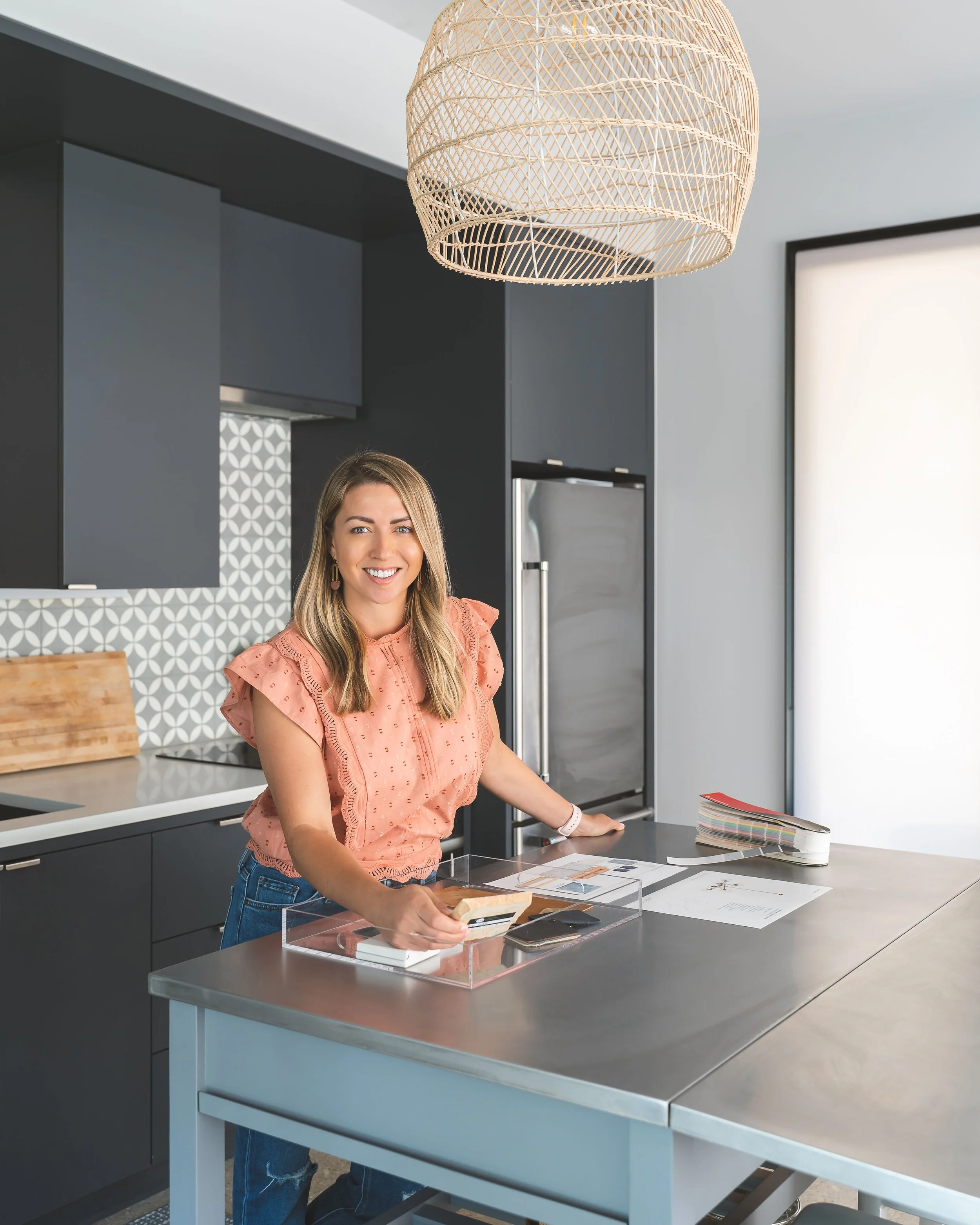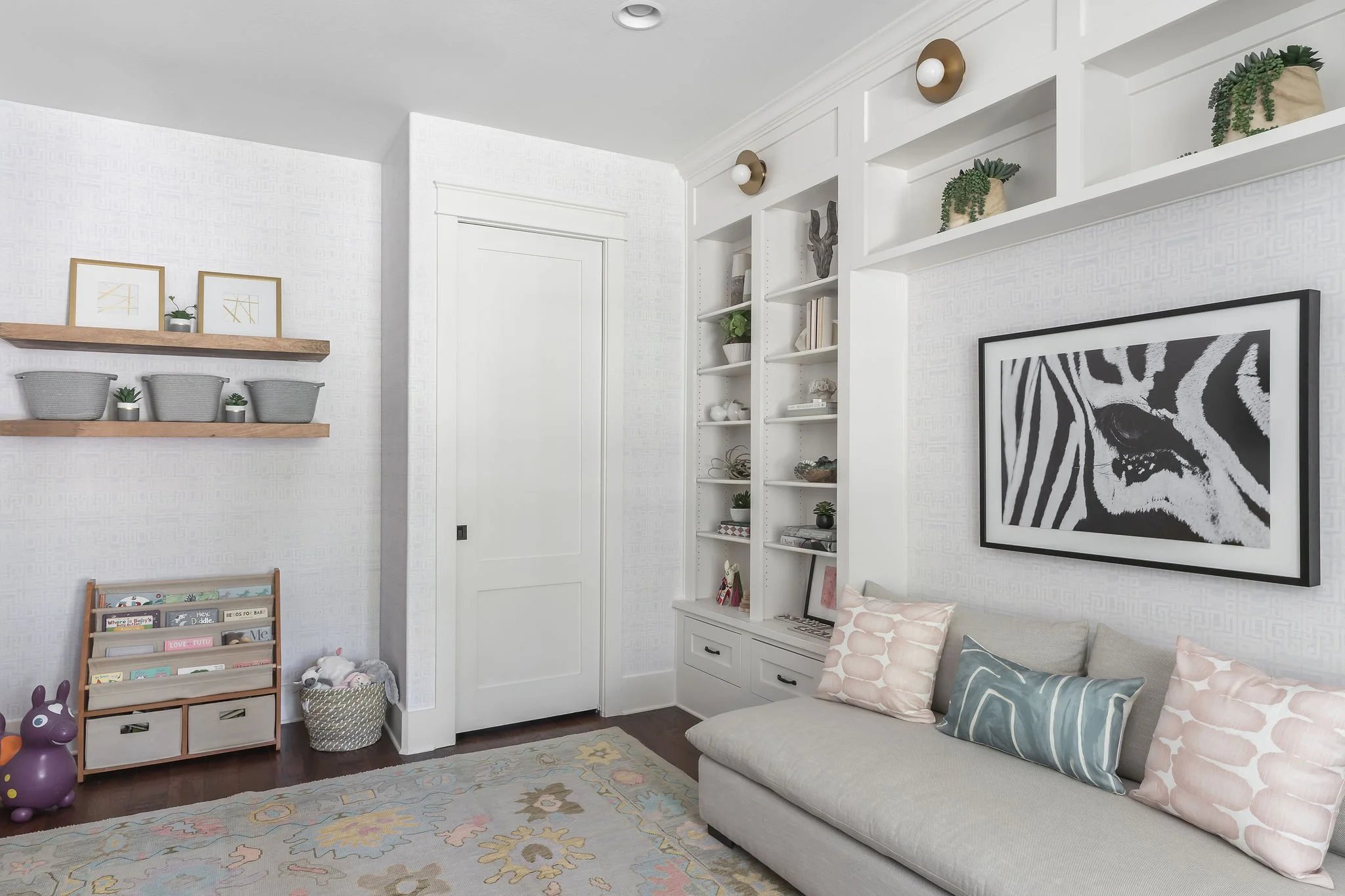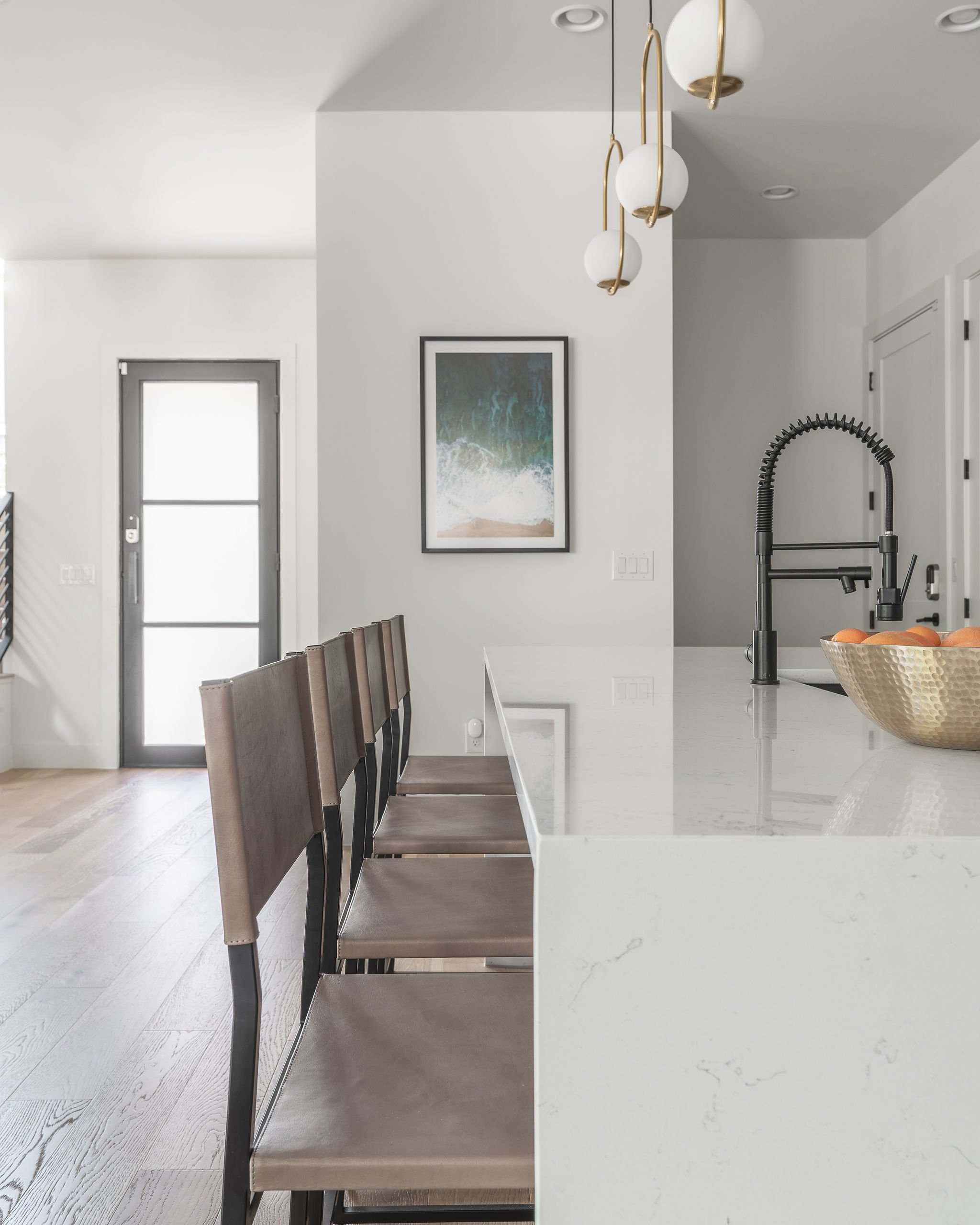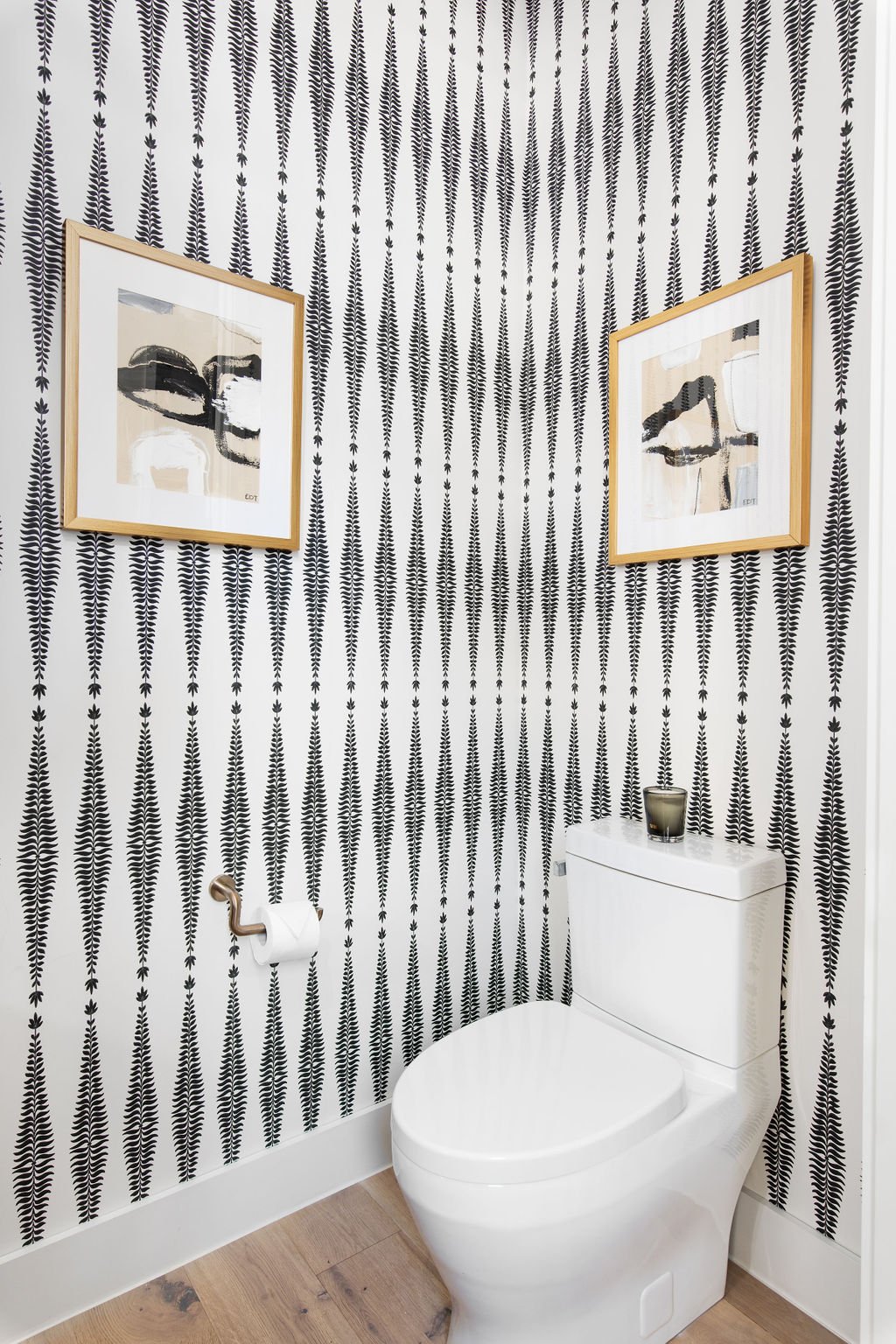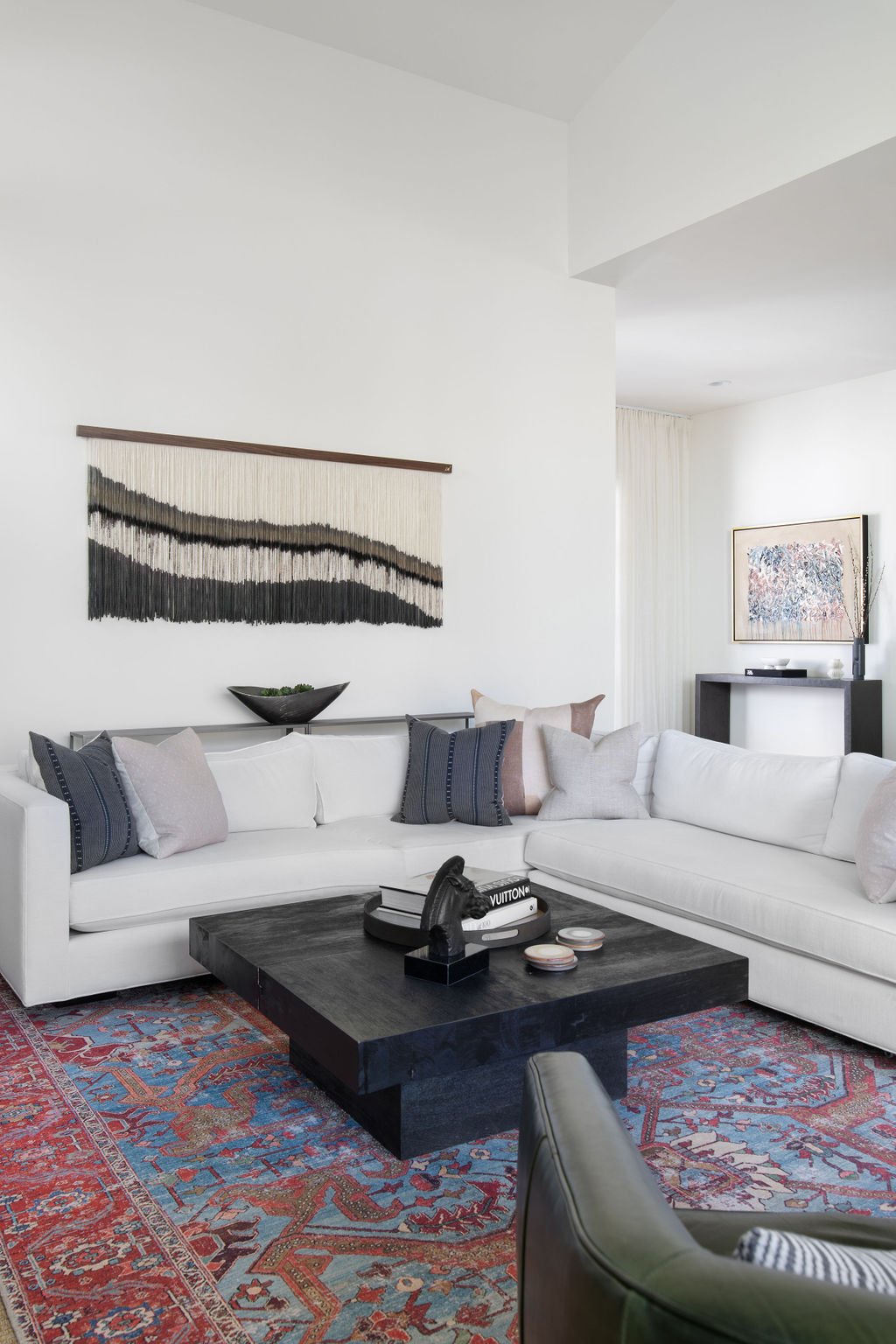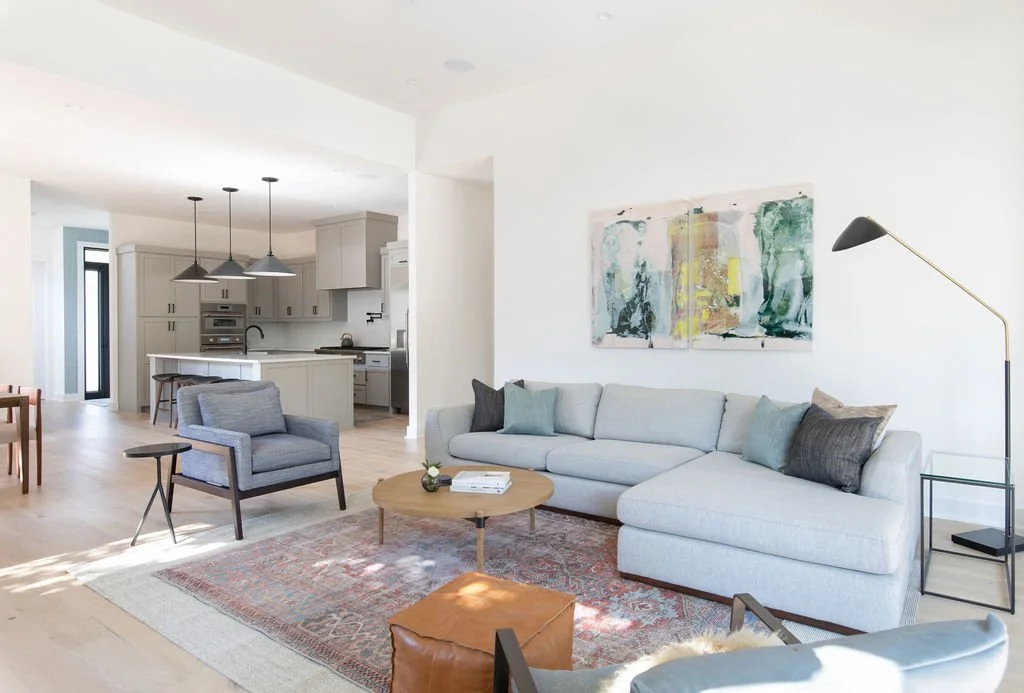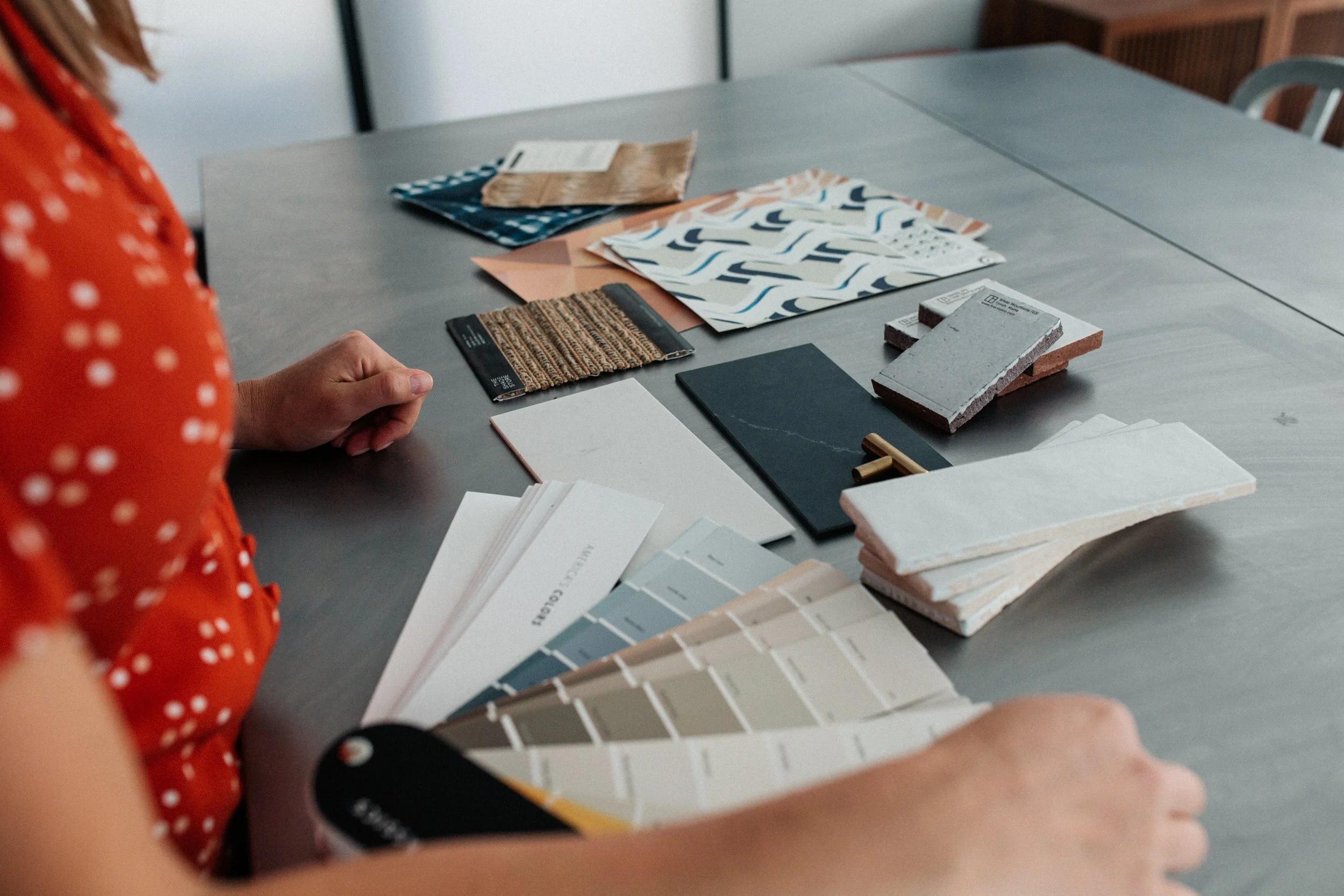Top 9 Questions to Ask Yourself Before Planning a Home Design Project
Taking on a home design or remodel project is a lot of work. Whether you’re redecorating one room or your entire home there are plenty of decisions to make. From planning a color scheme, the floor plan, and selecting furniture – the list goes on.
So you don’t feel overwhelmed, we’ve compiled a list of key questions to consider before you get started. So you can feel assured that you’re on the right track.
Below are the top questions any homeowner should ask before starting a home design project.
Why Are You Starting This Design or Remodel Project?
First, you’ll want to consider what your project goals are. Essentially, why do you want to redesign the space?
For example, you may need to create more space for your growing family. You may want a larger kitchen with a better layout to make cooking easier and more enjoyable. You may want to create a more open floor plan so you can use the space better. Or you may simply want to update and refresh a design.
Getting to the bottom of why you want to redesign the space will help guide you through the process and get you to the outcome you want.
What’s Your Vision for the Space?
Once you have the why answered, you’ll want to tackle the what. What do you want to final result to be? What do you want it to look and feel like when you’re in the space?
This will help you establish the scale and scope of the project to achieve your goals. Are you redecorating a single room, your whole house, or do you need to take on a larger remodel to get the results you want?
Also, think about how you need the space to function to best suit your needs. Creating a vision board, where you visually layout all the elements of the project, can be very helpful during this process.
What Doesn’t Function in Your Current Space?
To dig deeper and get a better understanding of what you’ll want to final result to be it helps to look at what’s wrong with the space. Sometimes to nail down what you do want, you have to first pinpoint what doesn’t work and what you don’t want.
This could be as simple as the decor is outdated or it doesn’t match your style.
Or it could be more complex like the kitchen is too cramped and doesn’t allow enough space for you and your partner to cook together. Or the flow from the kitchen to your dining and living areas is too closed off and the whole family cannot enjoy being together during meal times or it’s not set up well for entertaining.
Once you have the specific problems identified, you can then think about what solutions will work best.
What Are Your Must-Haves for Your New Space?
It can be easy to get carried away by creating a long list of everything you want for your new dream space. But once you start researching what things cost, you may come to find that not everything is within your budget.
At this point, you’ll want to identify what your must-haves are vs. your nice-to-haves. Or in other words, ask yourself – what are your priorities?
Start with what’s most important, the things that are essential to the space, and then go from there.
What Design Style(s) Do You Like?
At this point, you’ll have a plan starting to form. You’ll have identified the why, the what, and you’ll have a list of priorities.
Then you can get into more fun questions. Like what design style (or styles) do you like and what sorts of furnishings do you gravitate towards.
Do you like modern and minimal? Or perhaps you’re more traditional? Or do you like a combination of different styles?
If you don’t know then start browsing photos in design magazines and on Houzz and Pinterest to start getting ideas.
The Designer Society of America has put together a great style quiz to help you determine your design style and will also recommend design publications you might like.
Also, think about longevity. What style would you like to live with for years?
What Materials, Finishes, and Color Schemes Do You Gravitate Towards?
During this phase when you’re browsing photos for ideas, ask yourself what color pallets you like, along with the materials and finishes you find yourself leaning towards.
This question goes beyond just what you like but also considers functionality. Think about color for the specific room purpose.
For example, you may like orange but it may not be an appropriate color for your living area that you’d like to feel calm and relaxing. Maybe you’ll use it in accent pieces rather than as the wall color.
In general, when in doubt go with neutrals for big items like the walls and larger furnishings and bring in color with the smaller accent pieces.
To get a little more in-depth, learn more about room color psychology and how different colors evoke certain emotions.
What Can You Invest in the Space?
Before you start buying anything, ask yourself what can you afford to invest in the space.
Once you know how much you’re prepared to spend, you can plan a total budget for the project and then start figuring out how to best allocate your funds.
And if you’re planning a remodel, be sure to set aside 20% for contingencies. You never know what issues may pop up once demolition begins.
How Much Time Can You Invest?
When you’re thinking about your project as an investment, that doesn’t just mean money. Time is also an important resource and should be thought of as an investment too.
You’ll want to ask how much time do you want (or can afford) to invest in this project. If you already work full time and have a busy schedule, then you may not have a lot of time to invest.
Should You Get Professional Help?
Last but not least, you’ll want to consider if you’ll need professional help or not.
Everything you’ve determined through the questions above will help you answer this last one. Depending on the extent of the project you may need a contractor, interior designer, or architect. Or all three.
For more on this subject – check out why you should hire an interior designer and what it’s like working with CGD.
At Cameron Getter Design, an Austin-based interior design firm, we’re experts in design and remodel projects. We’ll help you save time and money, and overall will help the process run smoothly while creating a result that you love!
Ready to discuss your project? Contact us to get started.

